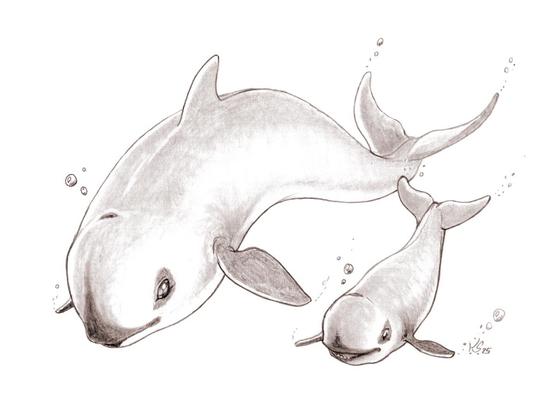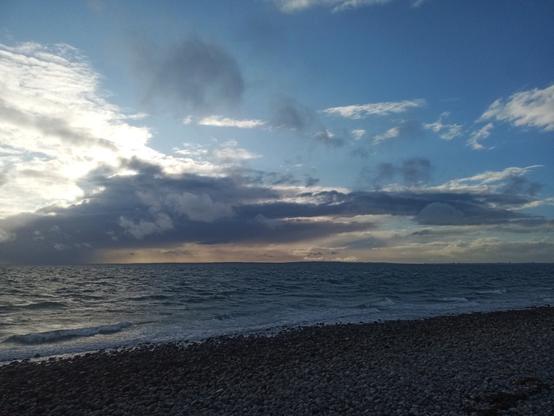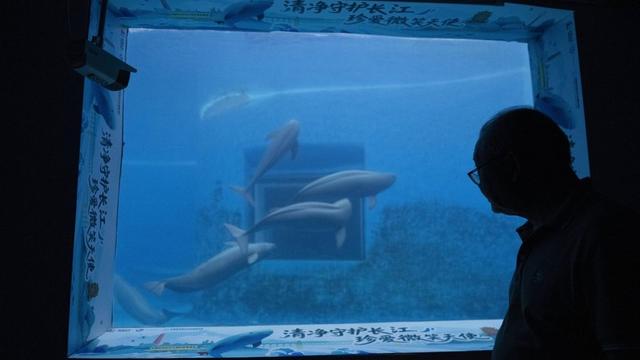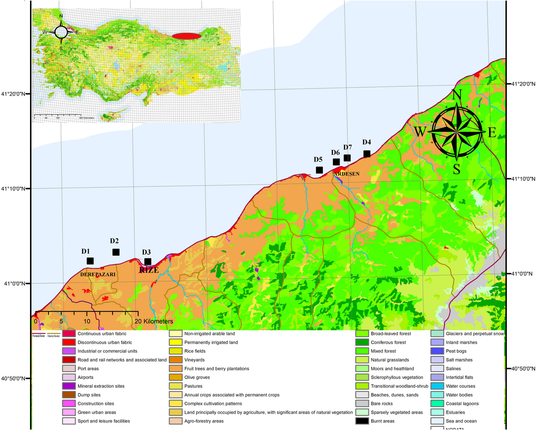...not in this picture: #porpoises, but we have seen them at this beach three times during the past week.
#denmark #molsbjerge #nature reserve
🧪 🇨🇳 Disappearing like dominos’: Scientists seek to save endangered species in China’s longest river
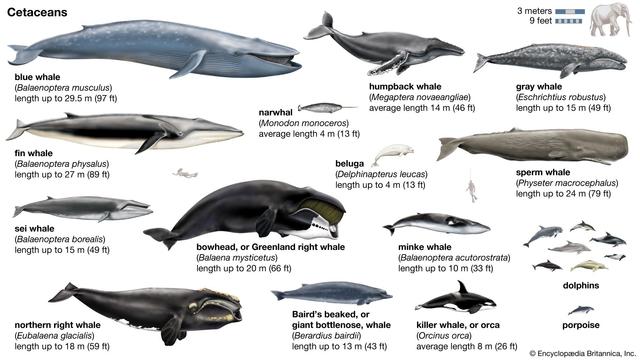
Cetacean - Marine Mammals, Aquatic Adaptations, Conservation | Britannica
Cetacean - Marine Mammals, Aquatic Adaptations, Conservation: Cetaceans are carnivorous aquatic mammals distributed in all oceans and some river systems. All are social to some extent, and many exhibit epimeletic behavior. Play is a common behavior. Many species are menaced by human activities. Cetaceans sounds can be roughly divided into communication and echolocation signals.
Comparing visual and acoustic detectability of two coastal cetacean species off Sindhudurg, India, to better inform integrated survey protocol - Scientific Reports
The Indian Ocean humpback dolphin (Sousa plumbea) and the Indo-Pacific finless porpoise (Neophocaena phocaenoides) are resident to the inshore waters of India. Despite urgent conservation concerns facing both species, population assessments and long-term monitoring efforts face several challenges, particularly due to limitations in conducting conventional visual surveys. Our study explores the use of combined acoustic and visual surveys along a 376 km $$^2$$ area off the Sindhudurg coast, India, to address these limitations. We begin by examining the two platforms for efficiency in species detection by comparing encounter rates across acoustic and visual methods. Acoustic (0.04 groups/km) and visual (0.03 groups/km) encounter rates for humpback dolphins do not show a stark difference. However, acoustic (0.12 groups/km) and visual (0.03 groups/km) encounter rates for finless porpoises vary greatly. Visual and acoustic group size estimates also vary for both species. We then use generalized additive mixed models (GAMM) to determine factors responsible for variation in detectability between the two platforms. Distance from shore and vessel traffic are variables affecting mixed detections of humpback dolphins. Acoustic detections for finless porpoises are most influenced by distance from shore and depth. Our findings highlight the importance of considering species-specific variations in acoustic and visual detectability when designing integrated surveys for multiple species.
